Premium Only Content
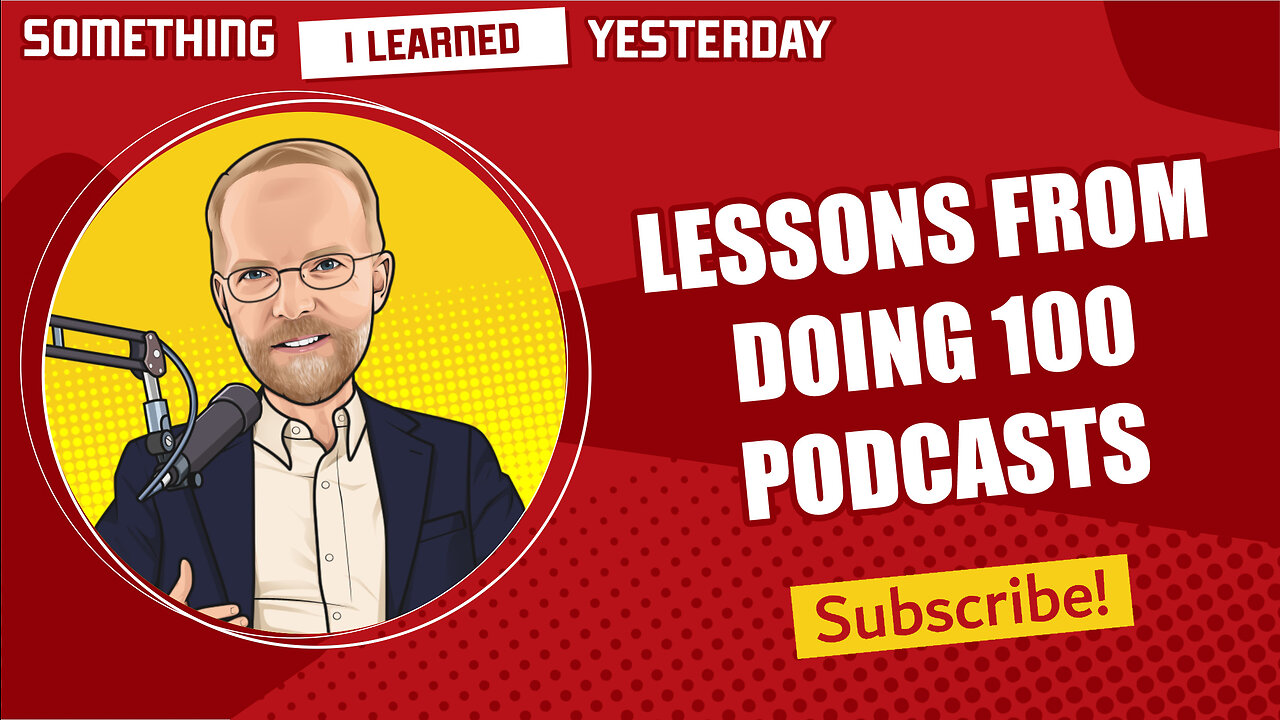
Lessons from doing 100 daily podcasts
On my whiteboard I have a list of six things publishers can do with their content.
* Update me
* Educate me
* Keep me on trend
* Give me perspective
* Divert me
* Inspire me
I don’t focus on those last two, but I try to do the other four. But it’s not always easy to do one or more of those things every day.
Here’s the scenario – I’m finishing dinner and I realize I don’t have a topic for tomorrow’s podcast. Yikes. What do I do?
Then I realize, “of course I have a topic.” I’m a creative guy who knows a fair bit of stuff, and I have lots of resources to draw from.
* An email, like Bo Sacks,
* A web article,
* A post on LinkedIn,
* A conversation with colleagues, like Bold Minds, or the Magic group,
* Notes I’ve taken from past conferences,
* A conversation at the bar,
* Articles I’ve written,
* Talks I've given, or
* Just out of my fevered brain.
And yes, sometimes I do question whether I can keep up the daily cadence. It is a challenge, but that’s part of my reason for doing it.
“We do not do these things because they are easy, but because they are hard.”
One of the key things I’ve learned is to focus on steady improvement. You’re not perfect out of the gate, but you can fine tune your methods as you go.
* Check your appearance. I’m not trying to get a date, but I don’t want to have a piece of spinach in my teeth either.
* I stand when I record the podcast. It just feels better.
* Use captions in your videos (I use FlexClip to create them, but there are other tools)
* Edit the captions – sometimes they come out odd
* Start each show with a cold open to grab the listener’s attention.
* Give some context to your podcast. Say what it’s about, for whom, etc.
* Just recently I learned to give an intro that says how long the show will be, which requires me to record that part last.
* Change the thumbnail for each episode
* Ask questions to get interaction.
* Invite people to subscribe, share, call you, etc.
* Use file naming conventions. When you create a podcast, you generate a lot of files. I start with the raw video, then I have the captioned video, then I have the final. I have to name them differently to keep from going crazy.
It’s good to have music on your show, but be sure to use royalty-free music. Google has a collection.
If at all possible, sleep on you idea before you send it into the world. Create your podcast the day before and think about it. There are two situations where I flirted with the edges of appropriateness, and after sleeping on it I decided to dial it back. I’m glad I did. It’s better to be silent and to be thought a fool than to open your mouth and remove all doubt.
“Perfect is the enemy of done,” but you have to put on a good show. It’s hard to find the balance.
Be a guest on other shows, and consider having guests on your own show.
Ask for the money – whether that’s likes, shares, a plea for a job … whatever it is you want, ask for it.
Don’t freak out if you make a mistake. You can fix it in edit. (By the way, I use Movavi Video Suite for editing).
You don’t need super-fancy equipment. I record on my webcam and I have a Fifine microphone. It’s not too expensive.
Wear a different shirt for each episode
Save some ideas that are not time dependent – for vacations and such.
Have a structure for your podcast. You’ll get tired of it, but your listeners won’t.
Say your name or your business name every time.
Finally, I have not yet learned the secret of distribution. I publish my podcast to LinkedIn, X, YouTube, Rumble, my website, and to Spotify, which distributes to other feeds. So far LinkedIn has been the best for me.
-
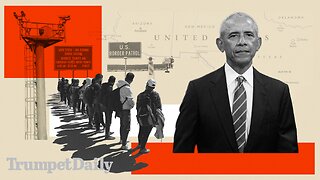 54:59
54:59
LFA TV
8 hours agoWhy Do Migrant Criminals Love Obama So Much? | TRUMPET DAILY 1.24.25 7pm
4.02K4 -
 LIVE
LIVE
2 MIKES LIVE
2 hours ago2 MIKES LIVE #171 Open Mike Friday!
437 watching -
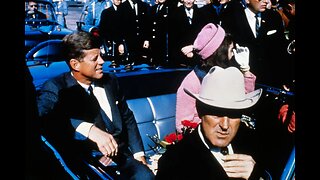 LIVE
LIVE
Quite Frankly
7 hours ago"Fugitives No More, JFK Declass, Stargate vs MAHA" ft Matt & J Gulinello 1/24/25
1,233 watching -
 23:15
23:15
The Based Mother
2 hours agoPRONOUNS ON MY NAMETAG? NOPE! How I responded when these folks tried to shove this down my throat.
3.61K2 -
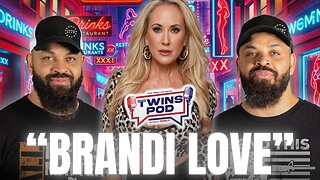 1:54:45
1:54:45
Twins Pod
6 hours agoMAGA P***star is HATED By Conservatives AND Leftists... | Twins Pod - Episode 49 - Brandi Love
49.7K46 -
 15:45
15:45
inspirePlay
3 hours ago $0.13 earnedLong Drive Showdown: Martin Borgmeier vs. 3 of the World’s Longest Female Golfers at 8,000+ Yards!
6.48K3 -
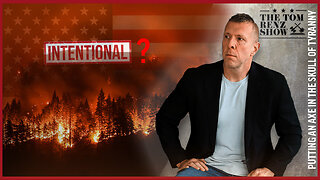 1:01:19
1:01:19
PMG
21 hours ago $1.29 earnedWere the California Fires Intentional & Shocker - the Vax May Cause Long COVID
20.1K2 -
 39:53
39:53
Bare Knuckle Fighting Championship
2 days agoBKFC KNUCKLEMANIA V PHILADELPHIA Weigh-In | LIVE!
18.2K2 -
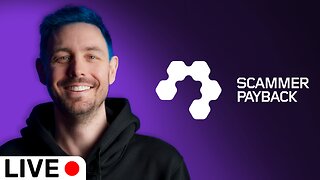 3:17:49
3:17:49
Scammer Payback
5 hours agoCalling Scammers Live
45.1K4 -
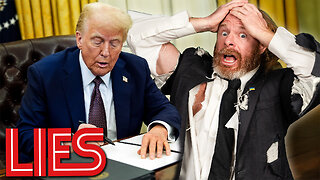 1:10:38
1:10:38
Awaken With JP
6 hours agoJFK Files to be Released! Trump’s Boss Move - LIES Ep 75
76.6K52